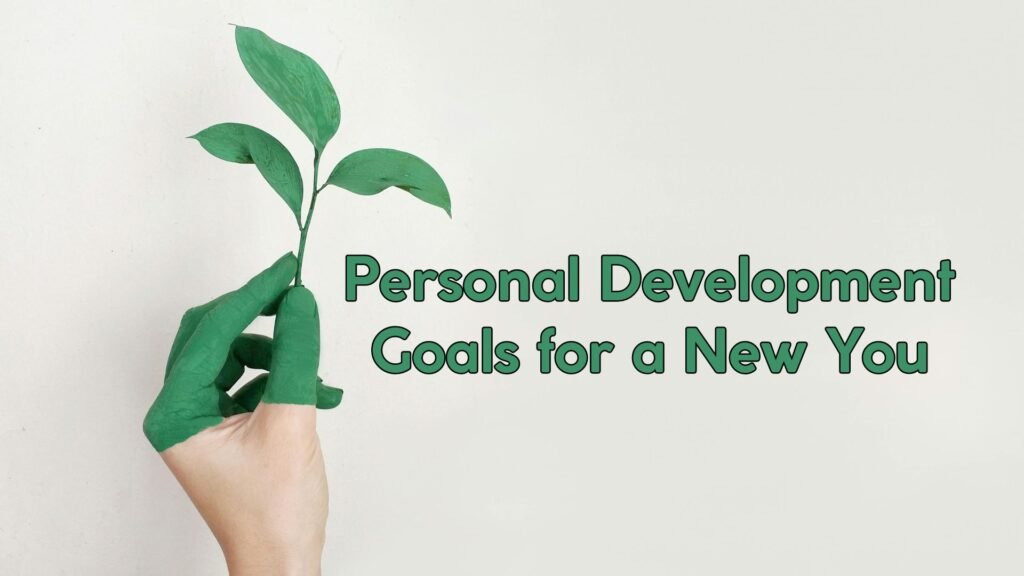Technology has blurred the lines between work and home. With remote work, long hours, and constant smartphone notifications, it’s easy to feel overwhelmed.
An APA 2023 study revealed that 60% of employees feel overwhelmed by work.
This highlights the common struggle to balance work and personal life.
In this blog post, you’ll explore practical tips and strategies to achieve work-life balance.
You’ll learn:
- How to set boundaries between work and personal time
- How to prioritize tasks effectively
- How to fit in self-care into your daily routine
What is Work-Life Balance?

Work-life balance means managing your work and personal life in a way that prevents one from dominating the other. You find harmony and ensure both areas of your life support your overall well-being.
There are many misconceptions about work-life balance. Some believe it means working fewer hours or that it’s only possible with a flexible job.
In reality, work-life balance is different for everyone. It’s about managing your time and energy in a way that works for you.
Signs If Your Work-Life Balance Is Off
Ask yourself:
- Are you always stressed?
- Is your productivity tanking?
- Are relationships suffering?
- Have you forgotten what hobbies feel like?
If the answer is yes, then you need to make changes in your routine.
Common Challenges Holding You Back
1. Work Invading Your Home
When your home becomes your office, it is difficult to switch off and relax.
2. Technology
Notifications are killing your peace. One email can derail your entire evening.
3. Workplace Pressure
Some companies expect you to be available 24/7. That’s not commitment. That’s burnout.
4. The Perfectionism Trap
The desire to excel in both work and personal life leads to over-commitment.
How to Achieve Work-Life Balance
1. Set Boundaries
Without clear boundaries, it is difficult to fully disengage from work and focus on personal life.
- If you’re working from home, designate a specific area for work.
- Decide on your work hours and stick to them.
- Let your colleagues and family know your work hours and when you are not available.
2. Prioritize Your Time Effectively
Use the Eisenhower Matrix:
This tool sorts tasks into four categories:
- Urgent and important
- Important but not urgent
- Urgent but not important
- Neither urgent nor important
Focus on tasks in the “urgent and important” category, and delegate or schedule the rest.
Schedule Personal Time:
Block out time for activities you enjoy, like exercising, spending time with family, or pursuing hobbies. Honor this time just as you would a work meeting.
Break Tasks into Smaller Steps:
Divide big tasks into smaller, manageable steps and tackle them one by one.
3. Learn to Delegate
Do not be a lone wolf.
- Identify tasks others can handle
- Trust your team/family
- Offer support or guidance if necessary, but avoid micromanaging.
4. Practice Mindfulness and Stress Management
Mindfulness and stress management improve your overall well-being and contribute to a better work-life balance.
Daily Meditation:
Spend a few minutes each day to meditate. Use Apps like Headspace or Calm for guided sessions.
Deep breathing exercises:
- Inhale deeply for four counts .
- Hold for four counts.
- Exhale slowly for four counts.
- Repeat a few times to release tension.
Relaxation Activities:
Set aside time for activities that bring you peace, like reading, gardening, or listening to music.
5. Limit Technology Outside of Work Hours
Manage the use of technology if you want a better work-life balance.
- Set your phone to “Do Not Disturb” mode during personal time.
- Allocate specific times during the day to check and respond to emails.
- Use apps or built-in phone features to monitor and limit your screen time.
6. Establish a Routine
Develop a consistent daily routine and follow it strictly.
Create a to-do list:
Plan your day with dedicated times for work, personal activities, and relaxation.
Include Breaks in Your Routine:
Take regular breaks during work hours. Short breaks, such as a 5-minute walk or stretching, improve your focus and productivity.
7. Learn to Say No
Learning to say no is a powerful step to avoid burnout.
How to say no effectively?
- Evaluate Requests Carefully
Before agreeing to additional work or social plans, consider if you have the time and energy for them. - Practice Assertiveness
Politely decline requests that disrupt your balance. For example, you could say, “I appreciate the opportunity, but I’m unable to take on more at the moment.”
Create a Supportive Work Environment

A supportive work environment is key to achieving work-life balance. Have open conversations with your employer.
Ask for:
- Flexible hours
- Remote work
- Adjusting your workload
Company culture matters a lot. Work in an environment that values your well-being. Research a company’s policies on work-life balance before accepting a job offer. Check their leave policies, remote work options, and flexible hours.
Finally, observe how current employees manage their work-life balance. A positive environment makes a big difference in your well-being.
How to Achieve Work-Life Balance for Remote Workers
Remote work comes with flexibility, but it also brings challenges that blur the line between your job and personal life.
Here are some practical tips for achieving work-life balance as a remote worker:
- Establish a Routine
Stick to a consistent daily schedule to create structure. Allocate specific times for work, breaks, and personal activities. - Create a Designated Workspace
This physical separation helps you focus during work hours and relax when you step away. - Turn Off Work Notifications
Disable work-related notifications after your work hours. - Dress for Work
Wear work-appropriate clothing, even at home. This small habit mentally prepares you for the day and creates a clear division between work and leisure. - Use Task Management Tools
Stay organized with to-do lists or project management apps. Tools like Trello or Asana help you prioritize tasks and manage time. - Stay Connected with Colleagues
Regularly engage with your team through virtual meetings or chats. - Prioritize Self-Care
Make time for activities that promote physical and mental well-being. Exercise, hobbies, and relaxation are essential for maintaining balance. - End Your Workday with a Routine
Signal the end of your workday with a specific ritual, like shutting down your computer or going for a walk.
Common Myths About Work-Life Balance
1. Achieving Work-Life Balance Means Working Less
- Myth: You need to cut down hours to find balance
- Reality: It’s about managing time, not counting hours.
2. Work-Life Balance is Only Achievable for Those with Flexible Jobs
- Myth: Only people with flexible jobs can find balance
- Reality: Balance is a skill, not a job perk. It depends on how you manage time and set boundaries
3. Work-Life Balance is a One-Time Achievement
- Myth: Once you figure it out, you’re set forever
- Reality: It’s an ongoing process. Your life changes, your balance strategy changes.
4. Achieving Work-Life Balance Requires Sacrificing Personal Goals
- Myth: You must choose between success at work or happiness in life
- Reality: You can absolutely crush your career AND have a fulfilling personal life.
Conclusion
Work-life balance is different for everyone and can change over time. What works for you now might need tweaking later. Keep making adjustments to find what works best for you.
As William E. Holler said,
“The key is not to prioritize what’s on your schedule but to schedule your priorities.”








Your blog has become one of my go-to resources. I can’t wait for new posts.
Hey there, I think your website might be having browser compatibility issues. When I look at your blog in Opera, it looks fine but when opening in Internet Explorer, it has some overlapping. I just wanted to give you a quick heads up! Other then that, excellent blog!
You really make it seem so easy with your presentation however I find this matter to be really something which I think I would never understand. It sort of feels too complex and extremely large for me. I’m having a look ahead for your subsequent post, I’ll attempt to get the dangle of it!
I gotta bookmark this website it seems extremely helpful invaluable
fantástico este conteúdo. Gostei muito. Aproveitem e vejam este site. informações, novidades e muito mais. Não deixem de acessar para aprender mais. Obrigado a todos e até a próxima. 🙂